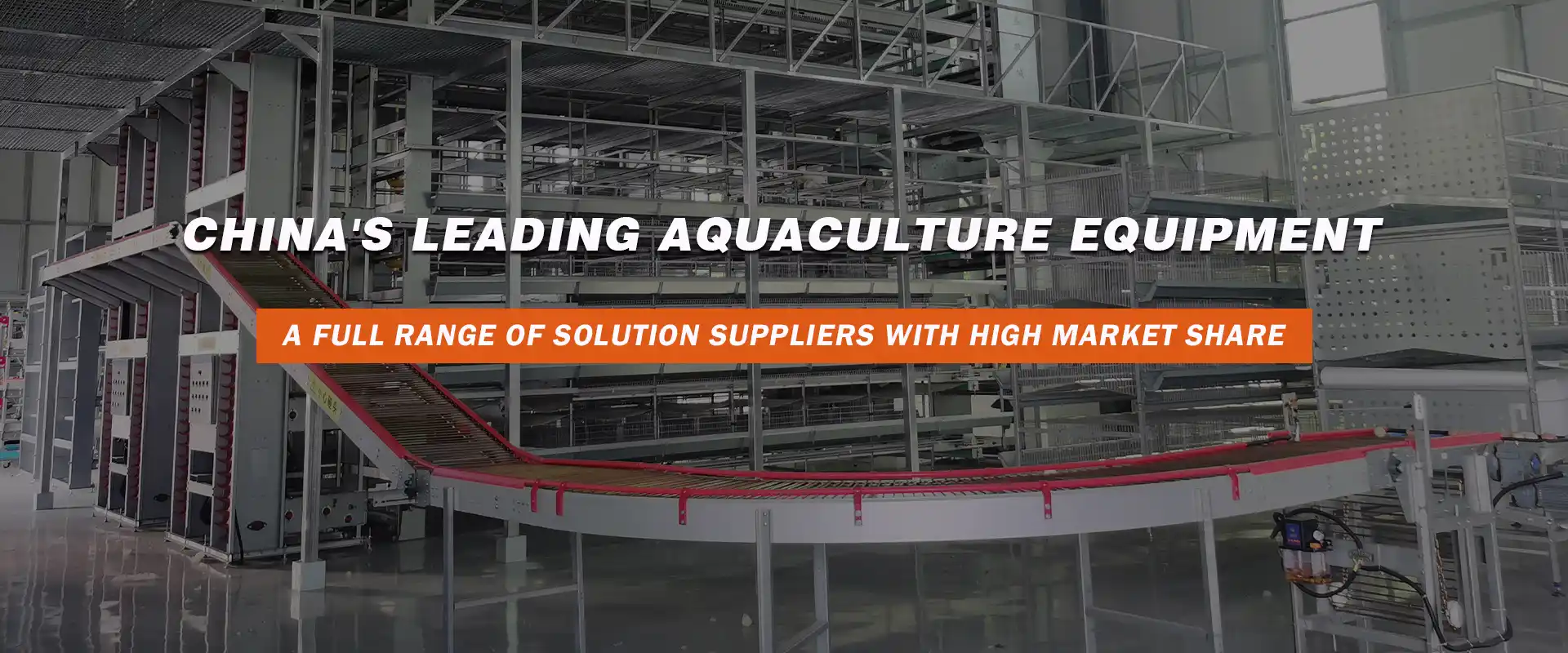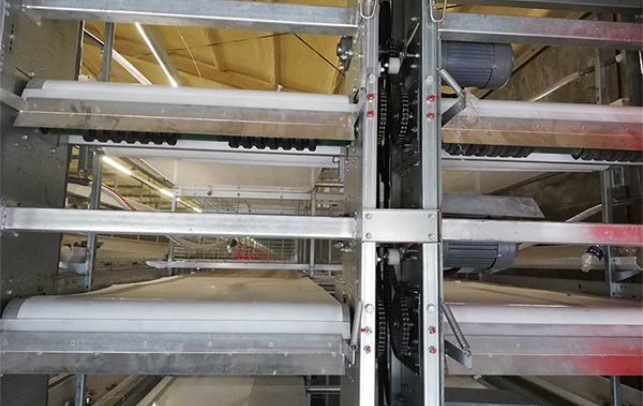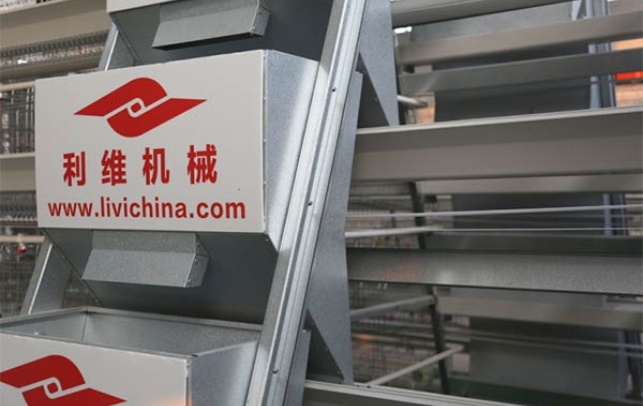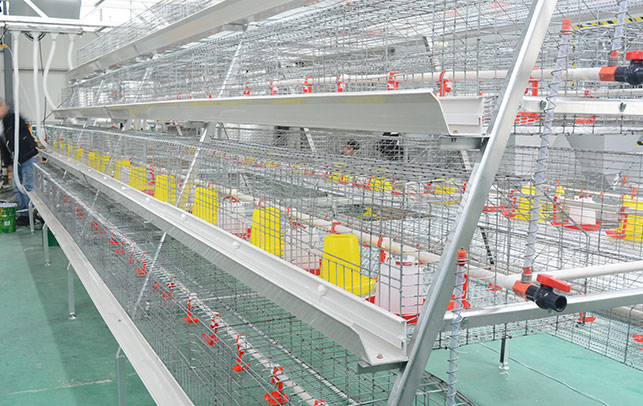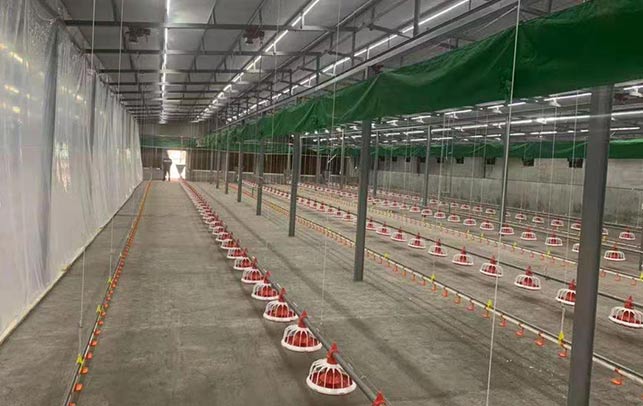Poultry Farming Cage Systems in Uganda: A Comprehensive Guide
Time : 2025-03-25
Uganda, with its diverse agricultural landscape, has seen a significant growth in the poultry industry. As one of the key components of modern poultry farming, cage systems play a crucial role in ensuring efficient and hygienic production. This article delves into the various aspects of poultry farming cage systems in Uganda, providing insights into their design, benefits, and the impact on the industry.
Introduction to Poultry Farming in Uganda
Poultry farming in Uganda has been on the rise, driven by the increasing demand for meat and eggs in both urban and rural areas. The country’s favorable climate and abundant water resources make it an ideal environment for poultry farming. However, the success of any poultry farming operation largely depends on the infrastructure, including the cage systems used.
Types of Poultry Farming Cage Systems in Uganda
There are several types of cage systems used in poultry farming in Uganda, each designed to cater to different needs and scales of operation. The most common types include:
- Layer Cages: These are designed for laying hens and provide a space for the birds to lay eggs and roost. They are typically made of metal and come in various sizes to accommodate different breeds and production levels.
- Broiler Cages: These are used for meat-type chickens and are usually taller and more spacious than layer cages. They are designed to promote growth and ensure minimal stress on the birds.
- Free-Range Cages: While not traditional cages, these systems allow birds to roam within a confined area, providing a balance between controlled environment and natural movement.
Design and Construction of Poultry Farming Cages in Uganda
The design and construction of poultry farming cages in Uganda are influenced by several factors, including the local climate, available materials, and the specific needs of the farm. Here are some key considerations:
- Material: Metal is the most common material used due to its durability and ease of cleaning. However, wood and plastic are also used in some cases.
- Size: The size of the cages should be determined by the breed of chicken, the intended use (layers or broilers), and the space available on the farm.
- Airflow and Ventilation: Proper airflow is crucial for maintaining a healthy environment and preventing the spread of diseases. Cages should be designed with adequate ventilation.
- Water and Feed Access: Easy access to water and feed is essential for the well-being of the birds. Cages should be equipped with automatic feeders and waterers.
Benefits of Using Poultry Farming Cage Systems in Uganda
Using poultry farming cage systems in Uganda offers several benefits, including:
- Improved Productivity: Cages provide a controlled environment that allows for better management of feed, water, and disease control, leading to higher productivity.
- Enhanced Animal Welfare: Properly designed cages ensure that birds have enough space to move around, reducing stress and promoting better health.
- Reduced Disease Spread: Cages facilitate easier cleaning and disinfection, reducing the risk of disease outbreaks.
- Increased Egg Quality: Layer cages, in particular, are designed to promote egg production and quality.
Challenges and Solutions in Implementing Poultry Farming Cage Systems in Uganda
While poultry farming cage systems offer numerous benefits, there are also challenges associated with their implementation in Uganda. Some of these challenges include:
- High Initial Costs: The cost of purchasing and installing cage systems can be a barrier for small-scale farmers. Solutions include seeking financial assistance or investing in smaller, more affordable systems.
- Technical Knowledge: Proper installation and maintenance of cage systems require specific technical knowledge. Training programs and partnerships with experts can help overcome this challenge.
- Environmental Impact: The disposal of old cages and the potential for environmental pollution are concerns. Using recyclable materials and proper waste management practices can mitigate these issues.
The Future of Poultry Farming Cage Systems in Uganda
The future of poultry farming cage systems in Uganda looks promising, with ongoing technological advancements and increased awareness of the benefits of these systems. As the industry grows, there is a need for continuous research and development to address the evolving needs of farmers and the environment.
Conclusion
Poultry farming cage systems play a vital role in the success of poultry farming operations in Uganda. By understanding the different types of systems, their design, and the benefits they offer, farmers can make informed decisions to improve productivity, enhance animal welfare, and contribute to the growth of the poultry industry.




